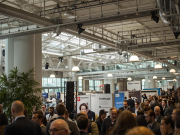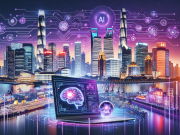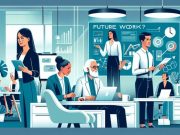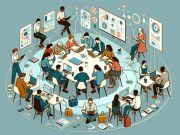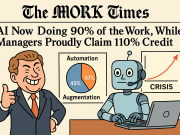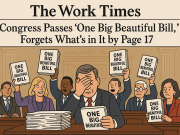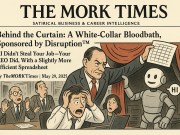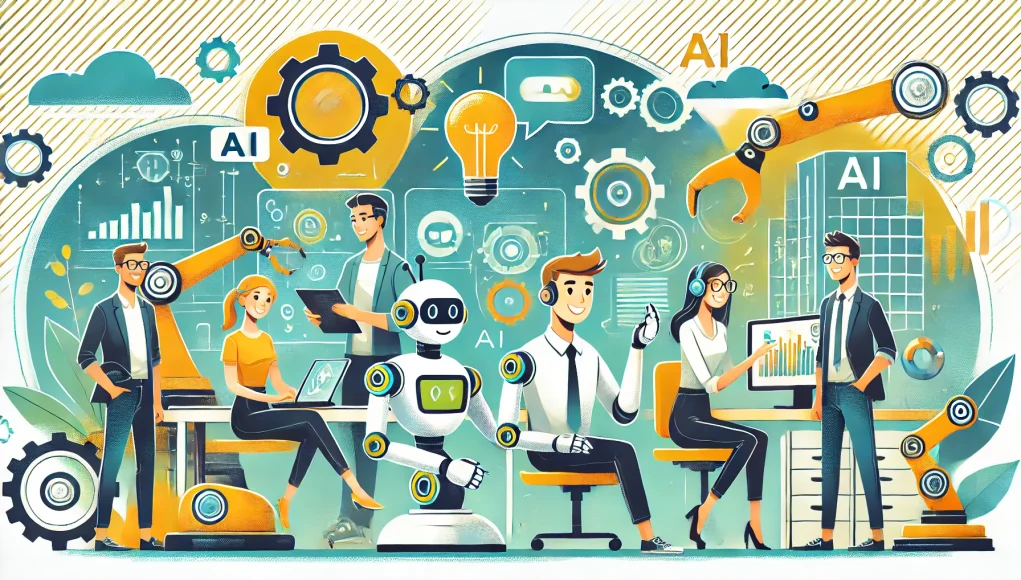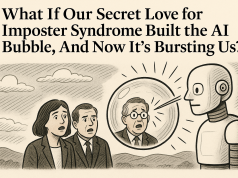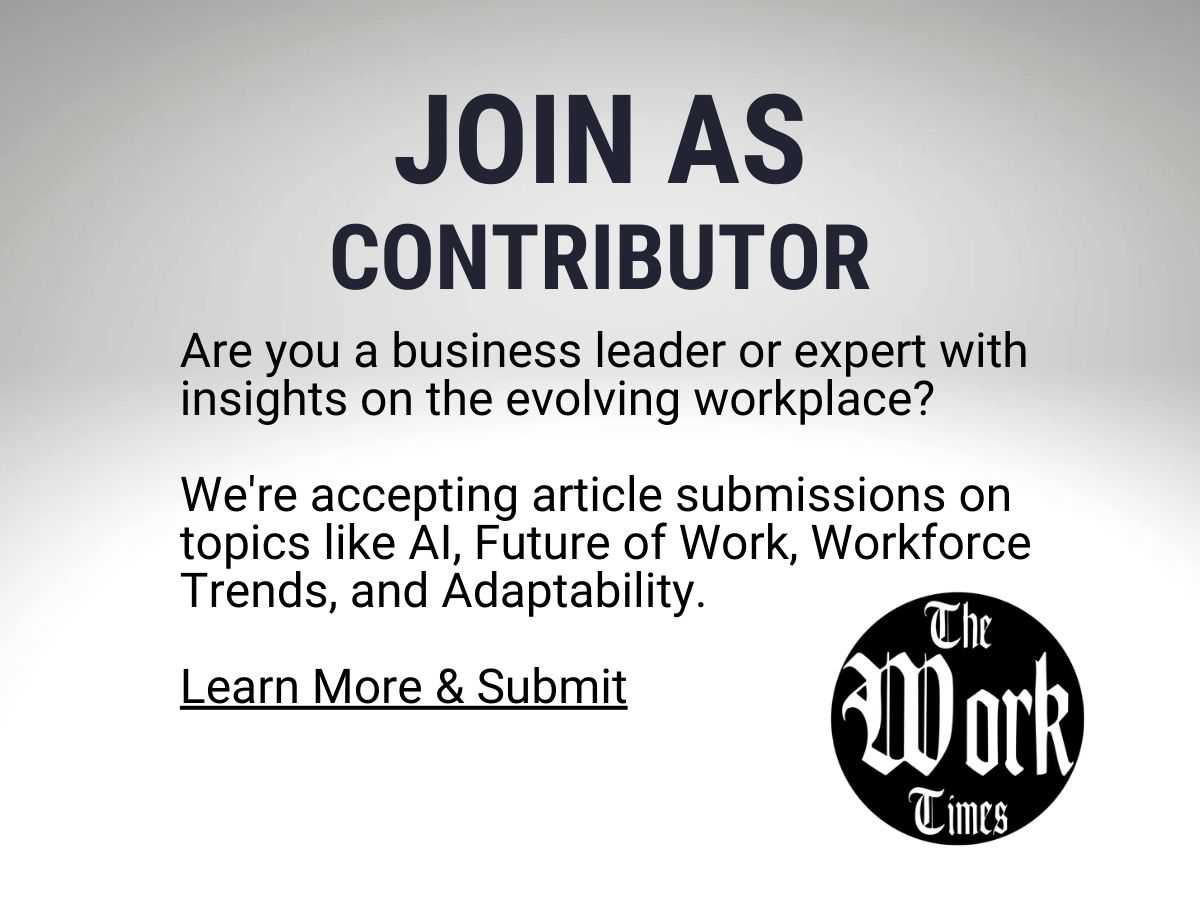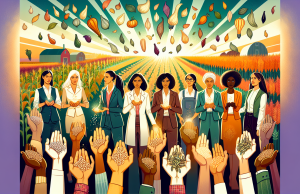Automation is no longer a distant possibility—it is here, reshaping how businesses operate and workers contribute. According to the World Economic Forum’s Future of Jobs Report 2025, by 2030, automation is projected to displace 92 million jobs globally. At first glance, this statistic seems daunting, even dystopian. But dig deeper, and the narrative is far more nuanced: automation will also create 170 million new roles, resulting in a net increase of 78 million jobs.
The real story here isn’t about job loss; it’s about job transformation. Welcome to the Automation-Worker Paradox, where machines are not replacing humans but redefining how we work together. The question isn’t whether automation will change the workforce—it already has—but how we adapt and thrive in a world where the interplay between humans and technology becomes the norm.
Why Automation Is Both a Threat and an Opportunity
Automation’s primary promise is efficiency. Repetitive tasks that once consumed hours can now be performed faster, cheaper, and with fewer errors. Yet, the trade-off is that traditional roles—like data entry clerks, cashiers, and administrative assistants—are becoming obsolete. Machines don’t take breaks, don’t demand benefits, and certainly don’t ask for raises.
But here’s the paradox: automation is not the job-killer it is often made out to be. It is also the creator of opportunity. As tasks are automated, new roles emerge—big data specialists, AI and machine learning engineers, robotics technicians, and digital transformation consultants, to name a few. These jobs not only pay well but also demand creativity, strategic thinking, and technical acumen—qualities that are uniquely human.
From Automation to Augmentation: A New Way of Working
The future of work isn’t about humans versus machines—it’s about humans with machines. By 2030, the report predicts that work tasks will be nearly evenly split between humans, machines, and collaborative systems, compared to 47% being human-dominated today. This shift represents a move toward augmentation, where technology enhances human capabilities rather than replacing them.
Think about a surgeon using AI to analyze complex medical data before an operation. Or a teacher leveraging adaptive learning platforms to tailor lessons for individual students. These examples highlight how technology can amplify human potential rather than render it irrelevant.
But augmentation doesn’t happen by default. It requires a deliberate shift in how organizations approach workforce planning, reskilling, and leadership.
The Leadership Imperative: Reskilling for a New Reality
Organizations face a stark choice: invest in reskilling or fall behind. The skills that made workers successful in the past won’t necessarily carry them into the future. The ability to navigate and leverage technology will be as critical as technical expertise itself.
Leaders must prioritize lifelong learning ecosystems within their organizations. These ecosystems should not just teach technical skills but also cultivate attributes that technology cannot replicate—like emotional intelligence, critical thinking, and adaptability.
Additionally, a shift in workplace culture is needed. Workers should feel empowered to embrace technology without fear of obsolescence. Companies must provide the tools and psychological safety to experiment with automation and learn from failure.
The Societal Perspective: A New Social Contract
The rise of automation also calls for a rethinking of the social contract. If machines handle an increasing share of economic output, how do we ensure that the prosperity generated is shared equitably? Without intentional frameworks, the benefits of automation risk being concentrated in the hands of a few, exacerbating inequality.
Governments, businesses, and educational institutions must collaborate to create systems where displaced workers are not left behind. Policies supporting universal access to reskilling, social safety nets, and incentives for companies to invest in human-centric automation can pave the way for a fairer transition.
Closing Thoughts: Thriving in the Age of Automation
Automation is a force that cannot—and should not—be resisted. Its potential to revolutionize industries, improve efficiency, and create meaningful work is immense. But it is not a force to be left unchecked. Thoughtful action, collaborative leadership, and a commitment to human-centric design are essential to ensure that automation doesn’t widen inequalities or leave workers behind.
The Automation-Worker Paradox is a story of hope, not despair. It’s a reminder that while machines may handle the mundane, it is our uniquely human qualities—our creativity, empathy, and vision—that will define the future of work.
So, as we move forward in this era of profound transformation, let’s not ask what machines can do that we cannot. Instead, let’s ask: How can we work together to build a world where technology empowers, not replaces, the human spirit?

